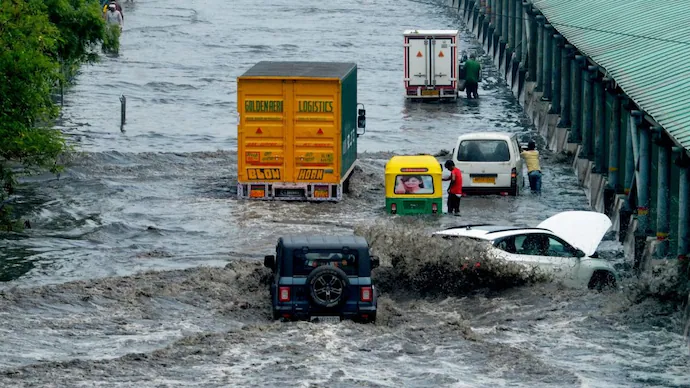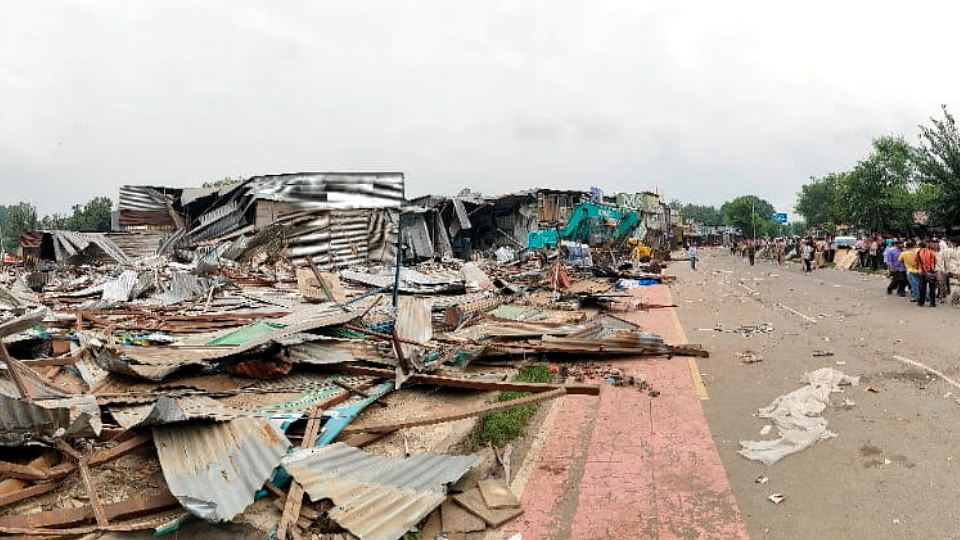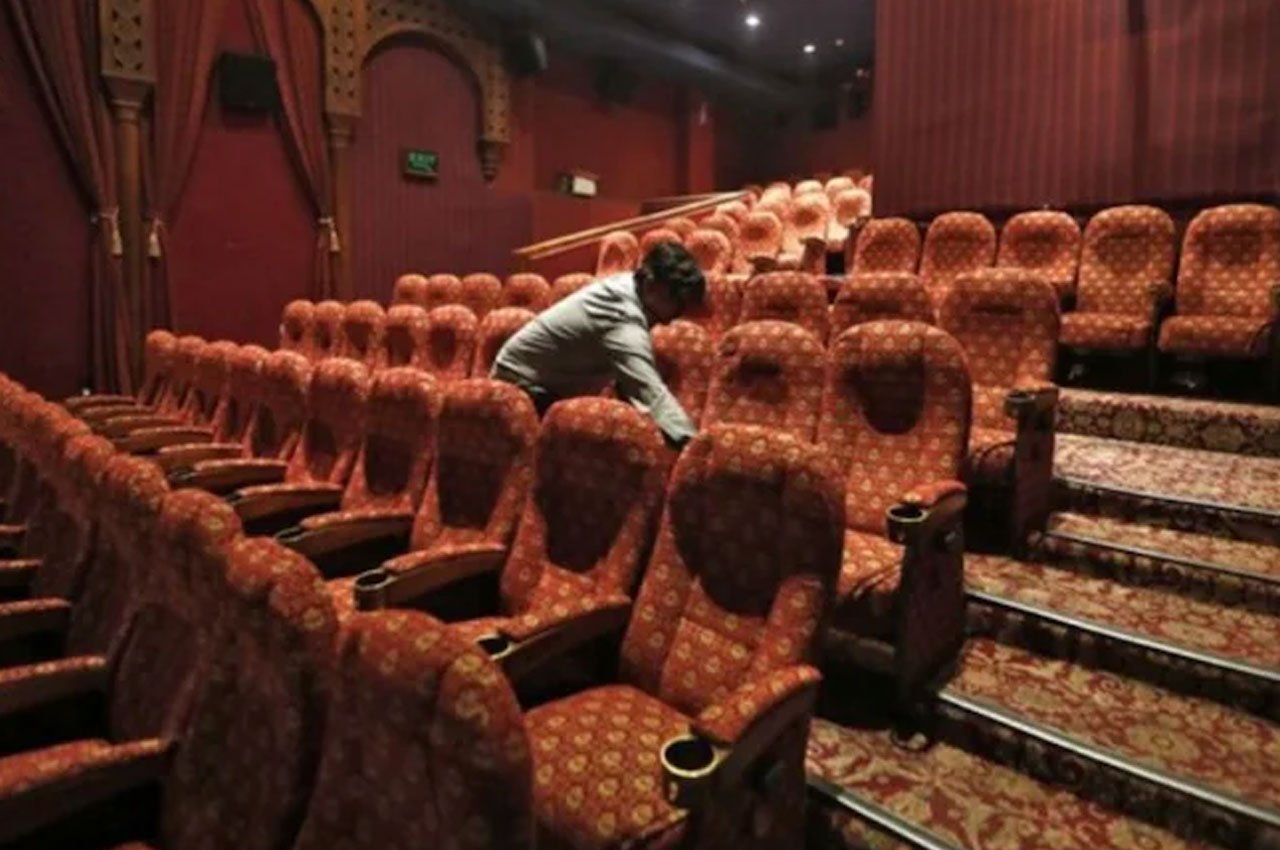In cities across India, a few hours of rain are all it takes to bring life to a standstill. Roads vanish beneath water, traffic snarls stretch endlessly, and even homes in gated communities find themselves flooded. For all the talk of smart cities and global infrastructure, one monsoon is enough to expose how hollow that claim often is. The recent incident, where Gurgaon flooded after a short spell of rain, is yet another reminder of how our cities are collapsing not because of nature’s fury, but because of our own lack of planning.
Earlier this week, Gurugram, India’s most celebrated urban success story found itself waterlogged within minutes of a brief downpour. Traffic on key stretches like Sohna Road, Golf Course Extension, and Cyber City crawled for hours. Residents shared images of water gushing into basements, cars stalled mid-road, and knee-deep water outside office towers. This wasn’t a once-in-a-century storm. It was routine seasonal rain, and yet it brought a so-called world-class city to its knees.
Gurgaon’s flooding was not a freak event. It was an outcome waiting to happen. Across Indian metros – from Bengaluru to Mumbai and Hyderabad to Delhi, urban flooding has become a predictable disaster. The reasons are structural and systemic. In our race to build vertically, we’ve ignored what lies beneath. Poor drainage, unplanned concretisation, vanishing green cover, and encroachments on natural water bodies have turned even moderate rainfall into a civic emergency.
In Gurgaon’s case, the contradictions are particularly jarring. This is a city that boasts skyscrapers, luxury malls, multinational headquarters, and gated enclaves. Yet, its civic foundations, particularly stormwater management remain alarmingly weak. The city’s drainage system is either outdated, inadequate, or simply non-existent in several parts. Worse, different authorities, including the Municipal Corporation of Gurugram, Haryana Urban Development Authority, and private builders; function in isolation, with little coordination or unified planning.
The result? A few inches of rain and the city shuts down.
The core issue is that most of India’s urban development treats drainage and water management as an afterthought. Roads are built without considering natural water flow. Lakes and ponds that once acted as buffers have been erased to make way for real estate. Natural slopes are altered, and the soil is replaced with impermeable concrete, leaving no room for water to seep in. Drains are either choked with plastic and construction debris or so poorly designed that they overflow at the first sign of rain.
Gurgaon’s flooding is not a failure of infrastructure alone – it’s a failure of vision. Cities are ecosystems. They need to be built with nature, not against it.
The solutions aren’t rocket science. First, cities like Gurgaon need to map and revive their natural drainage systems – lakes, nullahs, wetlands, and low-lying areas that can absorb excess rainwater. Second, infrastructure projects must incorporate rainwater management from the blueprint stage. Permeable pavements, green belts, rain gardens, and mandatory rainwater harvesting are proven strategies that need scaling.
Third, inter-agency coordination must become the norm, not the exception. A single civic command structure during monsoons, empowered to take decisions across municipal, development, and emergency response bodies, can make a difference.
Fourth, citizens must be involved, not just in post-disaster outrage but in pre-monsoon planning. Awareness about waste disposal, neighbourhood drainage audits, and local monitoring can plug many gaps.
Fifth, technology must be put to work. Cities must invest in real-time waterlogging sensors, AI-based flood alerts, and integrated GIS mapping of drainage systems.
But most importantly, we need a mindset shift. We can’t aspire to become global cities while drowning in local negligence. A city that floods after every short spell of rain is not resilient, it’s exposed. The images of Gurgaon flooded after a short spell of rain should not just trigger social media humour or outrage, they should prompt urgent reforms.
If we continue building upward without fixing what’s underneath, our cities will keep sinking, literally and metaphorically.
Photo Credit: India Today
Follow us for latest updates:




